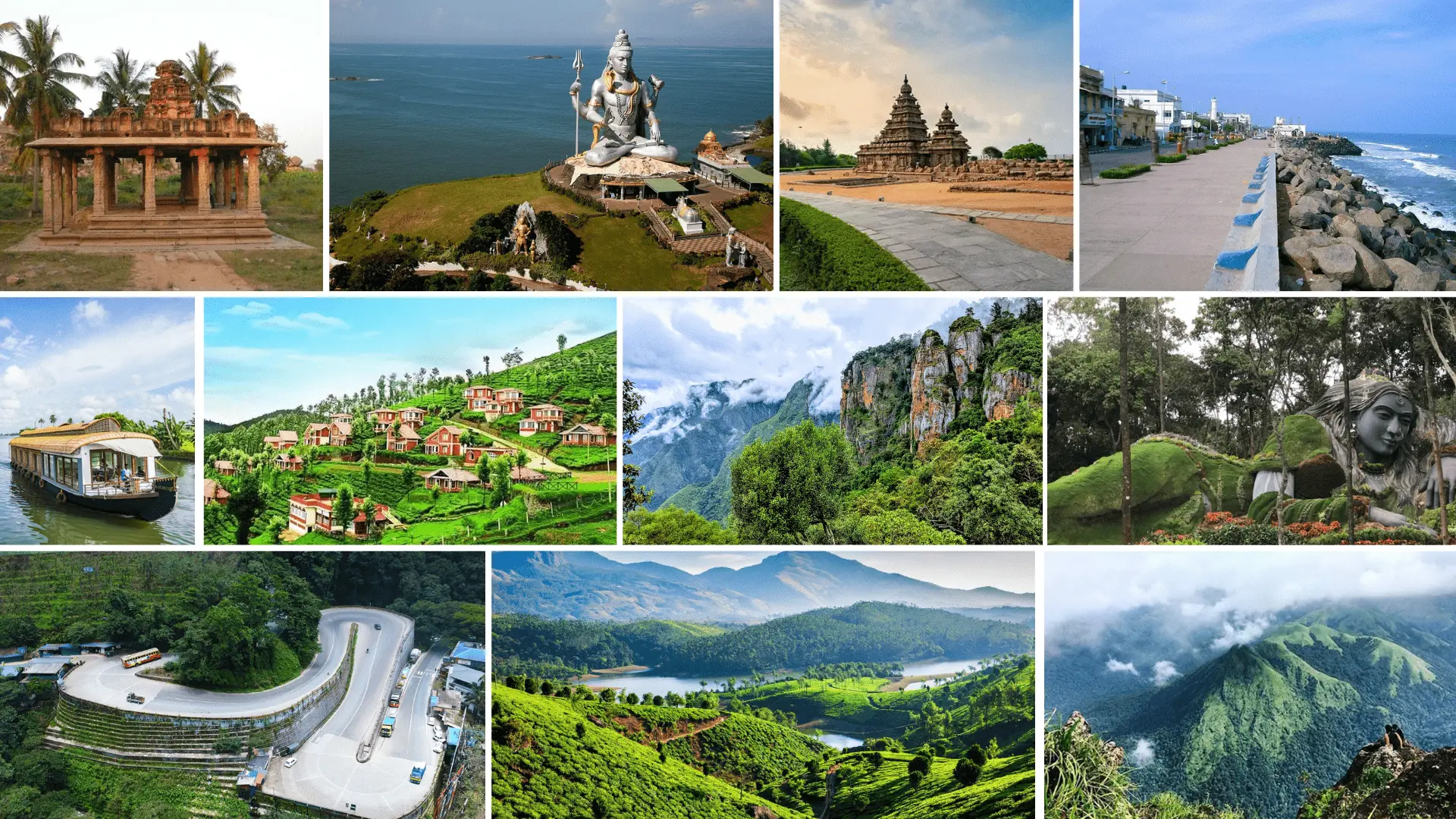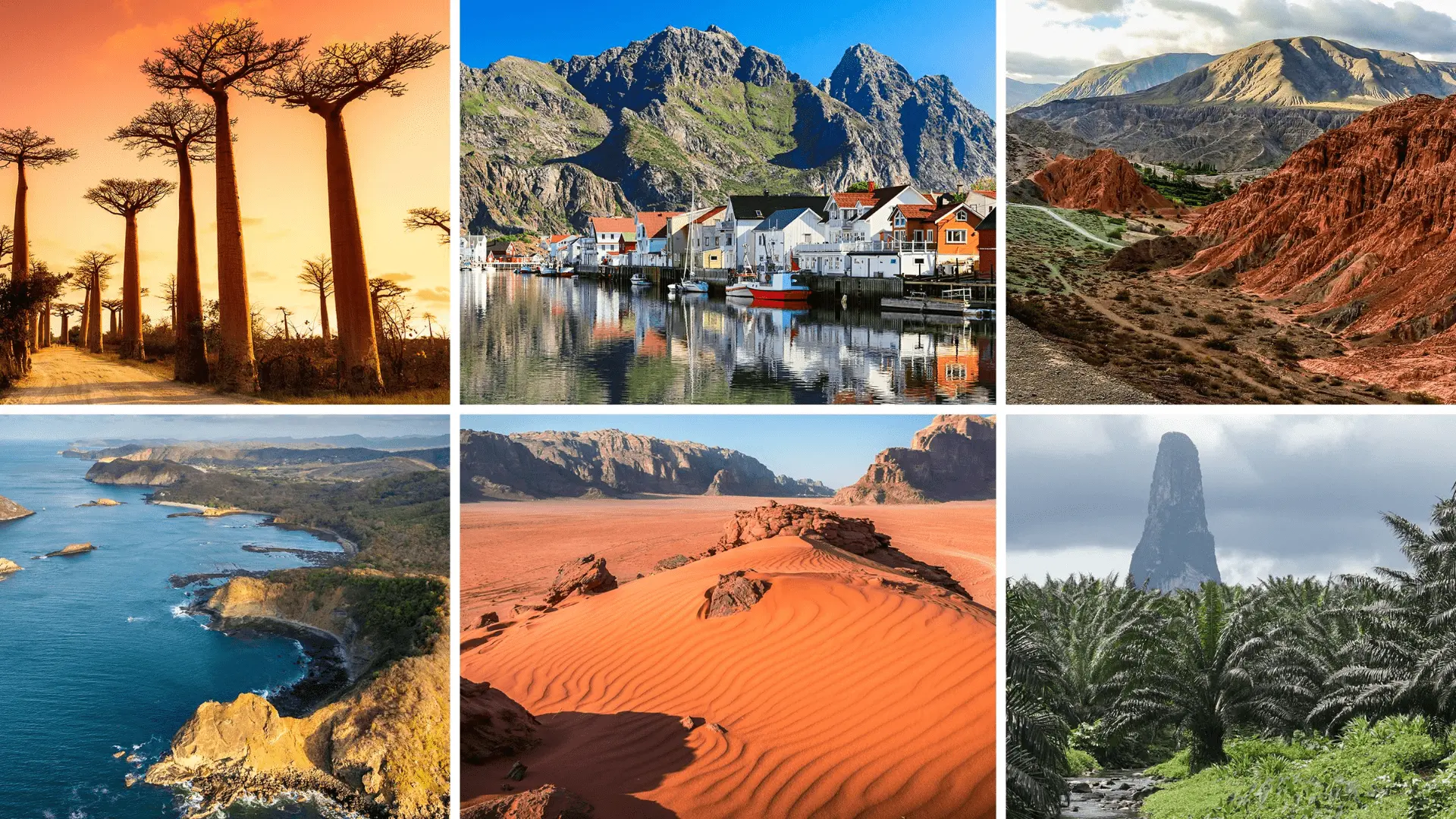Odisha, known for its rich biodiversity and natural landscapes, recently marked a significant milestone in its conservation efforts with the declaration of Gupteswar forest as the fourth Biodiversity Heritage Site in the state. This recognition underscores the importance of preserving the ecological integrity and cultural heritage of this pristine forest ecosystem.
Nestled in the undulating terrains of southwestern Odisha, Gupteswar forest is renowned for its lush greenery, towering trees, and cascading waterfalls. Spread over an area of [X square kilometers], this biodiverse haven is home to a myriad of plant and animal species, some of which are endemic to the region.
Importance of Biodiversity Heritage Sites
Biodiversity Heritage Sites serve as repositories of unique flora, fauna, and cultural heritage, playing a pivotal role in ecosystem conservation and sustainable development. These sites are not only valuable for scientific research but also hold immense cultural significance for indigenous communities.
Background of Biodiversity Conservation in Odisha
Odisha has been at the forefront of biodiversity conservation, with a slew of initiatives aimed at safeguarding its natural resources and promoting sustainable livelihoods. The state boasts a diverse range of ecosystems, including forests, wetlands, and coastal areas, each contributing to its rich biodiversity.
Declaration of Gupteswar Forest as a Biodiversity Heritage Site
The declaration of Gupteswar forest as a Biodiversity Heritage Site is a testament to the concerted efforts of the government, local communities, and environmental organizations. This designation provides legal protection to the area, ensuring its preservation for future generations.
Flora and Fauna of Gupteswar Forest
Gupteswar forest is home to a remarkable array of flora and fauna, including rare and endangered species such as the Indian elephant, gaur, and sambar deer. The dense canopy shelters numerous medicinal plants, orchids, and epiphytes, adding to the ecological significance of the region.
Conservation Efforts in Gupteswar Forest
Efforts to conserve Gupteswar forest have been ongoing for decades, encompassing measures such as habitat restoration, anti-poaching patrols, and community-based conservation initiatives. The establishment of eco-sensitive zones and wildlife corridors has helped mitigate human-wildlife conflicts and promote ecological connectivity.
Cultural Significance of Gupteswar Forest
In addition to its ecological importance, Gupteswar forest holds deep cultural and spiritual significance for the local communities, particularly the tribal populations residing in the vicinity. The forest is dotted with sacred groves, temples, and natural caves, which are integral to their religious practices and folklore.
Sustainable Tourism Opportunities
The declaration of Gupteswar forest as a Biodiversity Heritage Site presents exciting opportunities for sustainable tourism development. Eco-tourism initiatives, guided nature walks, and cultural exchange programs can help generate income for local communities while raising awareness about the importance of biodiversity conservation.
Challenges and Threats to Biodiversity in Gupteswar Forest
Despite its protected status, Gupteswar forest faces various challenges, including habitat fragmentation, illegal logging, and encroachment. Climate change poses a looming threat, altering rainfall patterns and exacerbating the risk of forest fires, thereby impacting the delicate balance of the ecosystem.
Role of Local Communities in Conservation
The active involvement of local communities is indispensable for the long-term conservation of Gupteswar forest. Community-based initiatives such as participatory forest management, sustainable livelihood programs, and environmental education workshops empower stakeholders to become stewards of their natural heritage.
Government Initiatives for Biodiversity Conservation
The government of Odisha has implemented several policies and programs aimed at biodiversity conservation, including the Odisha Biodiversity Action Plan and the Compensatory Afforestation Fund Management and Planning Authority. These initiatives focus on sustainable resource management, habitat restoration, and biodiversity monitoring.
Collaborative Efforts with NGOs and Environmental Agencies
Collaborative efforts between government agencies, non-governmental organizations (NGOs), and environmental agencies play a crucial role in advancing biodiversity conservation goals. Partnerships for capacity building, research, and advocacy help leverage resources and expertise for effective conservation outcomes.
Future Prospects and Goals for Gupteswar Forest
Looking ahead, the conservation of Gupteswar forest requires a multi-pronged approach that integrates ecological, social, and economic considerations. Enhancing protected area management, promoting eco-friendly practices, and fostering community resilience are key priorities for ensuring the sustained vitality of this invaluable ecosystem.
Conclusion
The declaration of Gupteswar forest as a Biodiversity Heritage Site marks a significant milestone in Odisha’s conservation journey, underscoring the state’s commitment to preserving its natural heritage for future generations. By safeguarding this ecological treasure, we not only protect biodiversity but also uphold our cultural legacy and promote sustainable development.

























